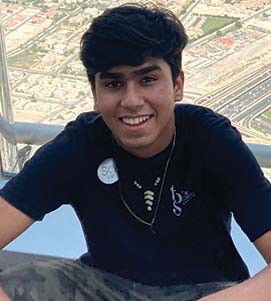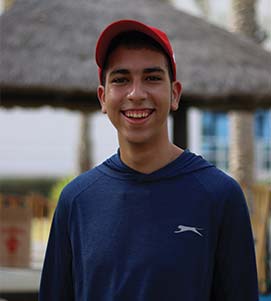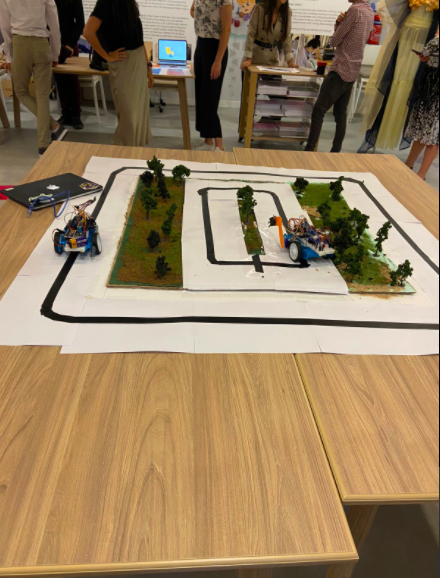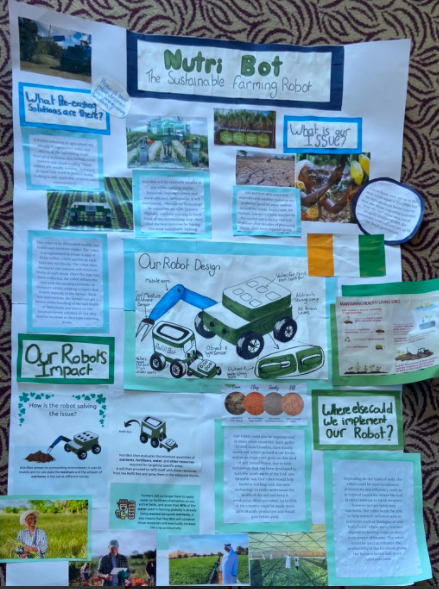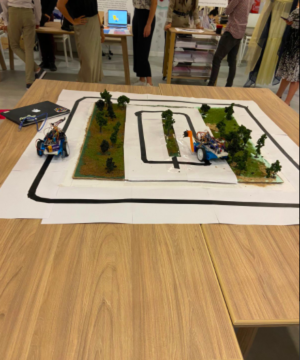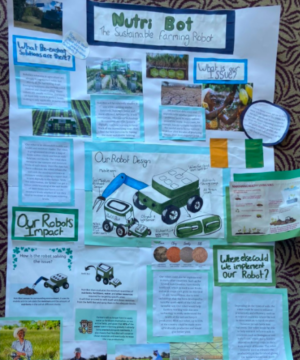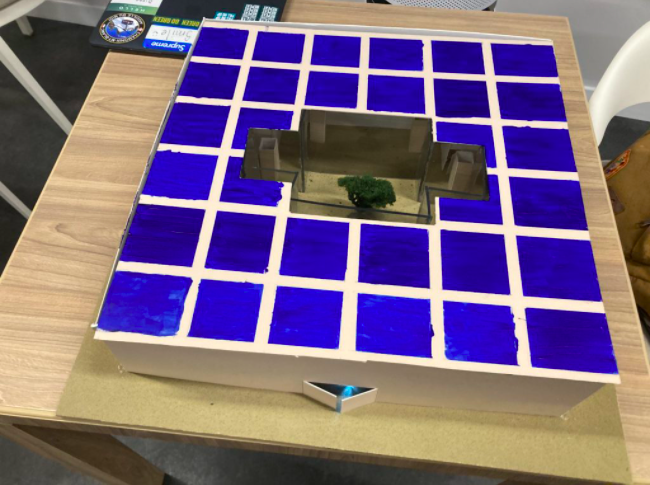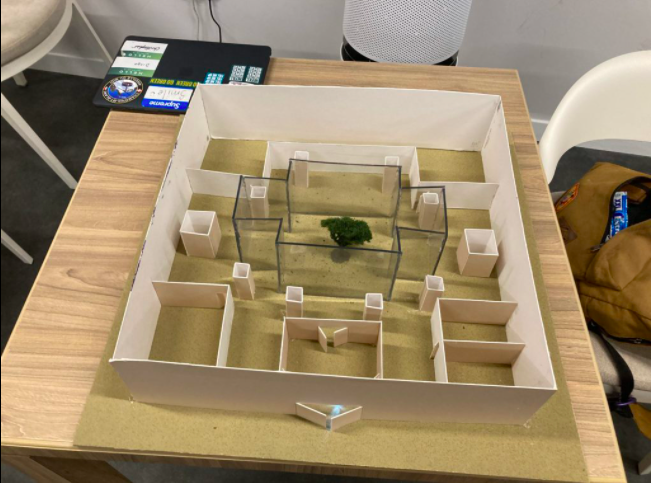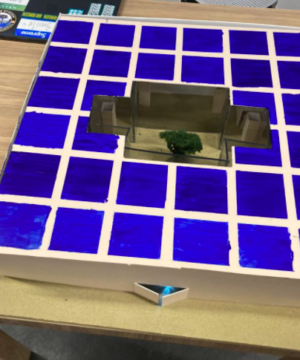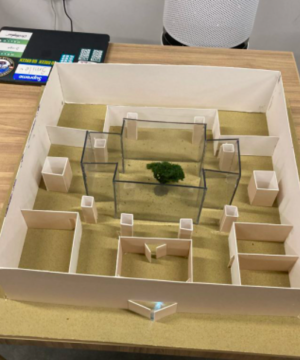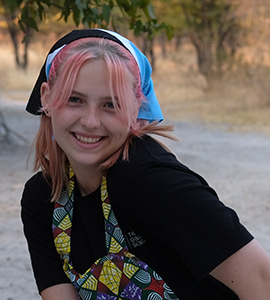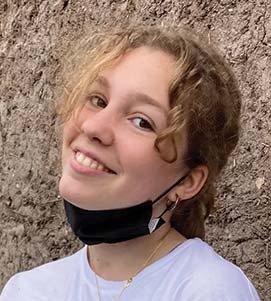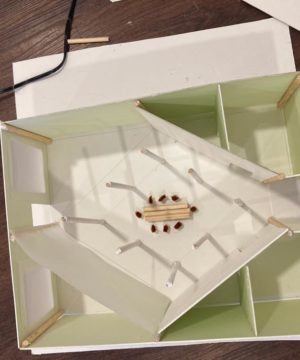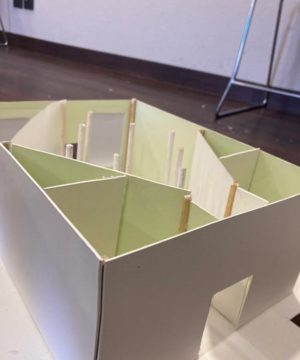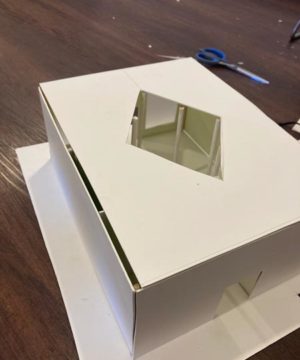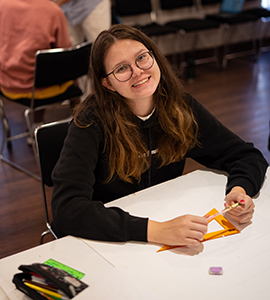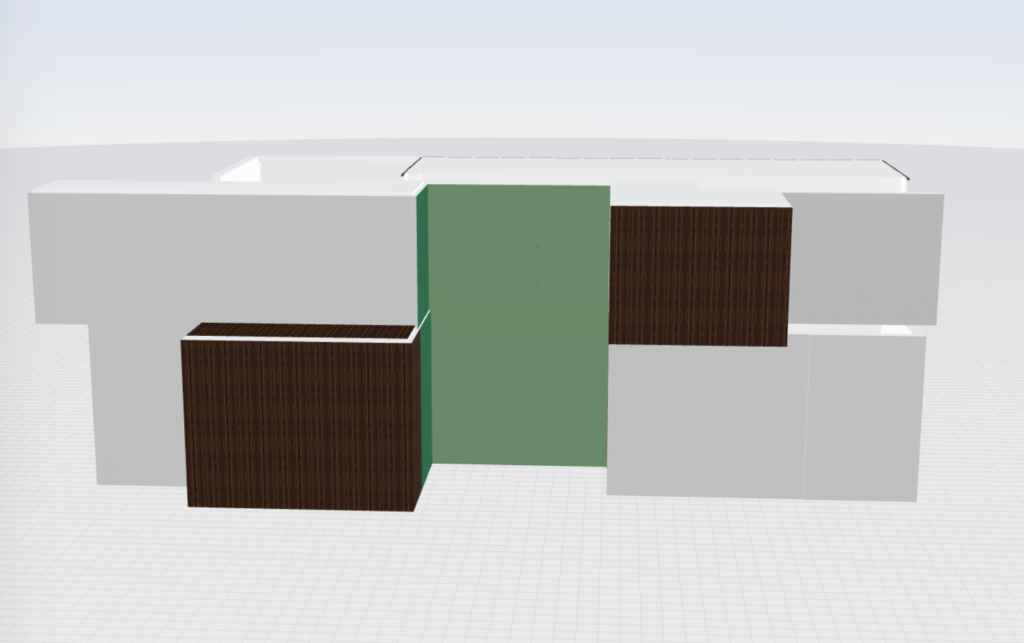Driving Question:
How can I use my personal life experiences to write and illustrate a children’s book that explores the topics of race, culture and identity?
Project Summary:
Samara M., one of our senior students, shared a deeply personal project inspired by her multicultural background, having lived in Kenya, China, Malaysia, and Tanzania. Despite loving books like “Alexander and the Terrible, Horrible, No Good, Very Bad Day” and “The Gruffalo,” she felt a lack of stories that reflected her unique experiences.
Identifying as a third culture kid, Samara highlighted the challenges and feelings of isolation that come with this identity. To bridge this gap, she created a children’s story that resonates with the third culture experience and beyond.
Samara conducted research across schools in Kenya and Tanzania, revealing a significant underrepresentation of black characters in children’s books. Motivated by these findings and Susan Sontag’s belief that stories shape our world, Samara wrote “The Little Frog’s Dilemma,” a tale set in a pond divided into four regions, each with distinct skills.
The protagonist, a frog with parents from different regions, embodies a blend of these cultures but struggles to excel in any single skill. Despite initial failures in dancing and magic, the frog’s unique croak, a metaphor for its mixed identity, ultimately earns it the honor of performing for the queen.
Through this story, Samara aims to reflect diverse experiences and foster connection. She encourages everyone to embrace and share their personal narratives, believing they have the power to ignite empathy and break down barriers.
Samara’s hope is that “The Little Frog’s Dilemma” will resonate with readers and become a cherished story, inspiring others to create bridges through their own unique tales.
